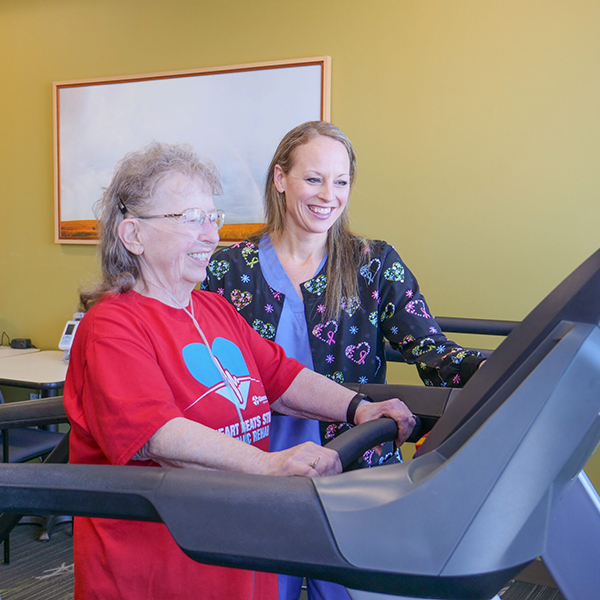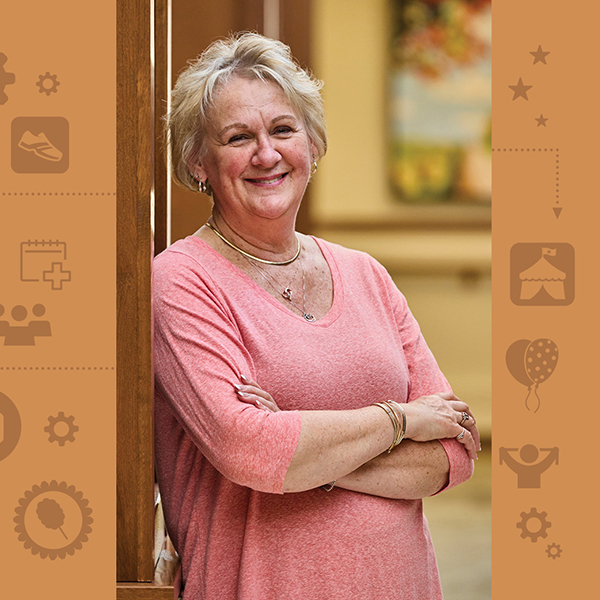Acute pain is a term used to describe physical discomfort that starts as a result of an injury or illness and ends when the underlying cause of the pain is resolved. Chronic pain, on the other hand, is physical discomfort that lasts far beyond the expected timeframe of healing for reasons that are usually complicated and sometimes unknown. Chronic pain can be mild, moderate or severe. It can be continuous or come and go.
In patients with chronic pain, there are changes to the nervous system. Nerves and parts of the spinal cord that were not previously active may become sensitized and send signals that the brain interprets incorrectly. This causes the brain to think there is a threat to the body resulting in chronic pain cycles. Increased stress and anxiety make it more difficult for the brain to sort out these signals.
Who Can You See for Diagnosis and Treatment Advice?
Chronic pain can develop as a result from a wide range of medical conditions, and it can affect a variety of the body’s systems. Fibromyalgia, chronic pain syndrome, complex regional pain syndrome, chronic headaches, chronic neck pain, and chronic back pain are common diagnoses.
Patients with these conditions have usually been under the care of a primary or specialty care provider for some time before their pain is considered chronic. Physical therapy and/or occupational therapy are among a number of treatment strategies that may be recommended.
How Can Physical and Occupational Therapy Help?
The goals for therapy will be specific to your situation, but may include:
- Increasing your mobility and range of motion
- Decreasing pain that accompanies certain positions or activities, such as squatting and lifting
- Improving your ability to manage stress and think positively
- Improving the quality of your sleep
What Can You Expect During Physical Therapy?
At the first visit, your physical or occupational therapist will perform a thorough evaluation to assess how your nerves, muscles, and skeleton function together and better understand how your pain affects your daily activities. Next, your therapist will create an individualized treatment plan based on their assessment of your condition. Your therapist will discuss the treatment plan with you, including the number of treatment sessions and activities that will be included in future therapy sessions to reach your treatment goals.
Physical therapists and occupational therapists use a number of different approaches to treat chronic pain:
- Manual therapy is the skilled use of the therapist’s hands to improve tension in the muscles, decrease nervous system sensitivity, and improve movement between the vertebra (back bones) and ribs.
- Neuromuscular re-education is used to improve muscle control, balance, and movement.
- Therapeutic exercise is used to improve your strength and flexibility.
- Posture and position training is used to reduce pain when you are sitting, laying down, standing, or lifting.
- Relaxation training, sleep hygiene training, and behavioral training is used to decrease your perception of pain, help you manage stress, and improve your energy levels.
- Mechanical traction and electrical stimulation can also be helpful to decrease pain.
Your therapist will also provide education about how your nervous system works.
Service Area
Our primary service are is McLeod County, Minnesota including: Biscay, Brownton, Glencoe, Hutchinson, Lester Prairie, Plato, Silver Lake, Stewart, and Winsted. We also service parts of Sibley County, including: Arlington, Gaylord, Green Isle, New Auburn, and Winthrop, as well as the western part of Carver County, including: Hamburg, Norwood, and Young America, and part of Renville County, including: Buffalo Lake.









